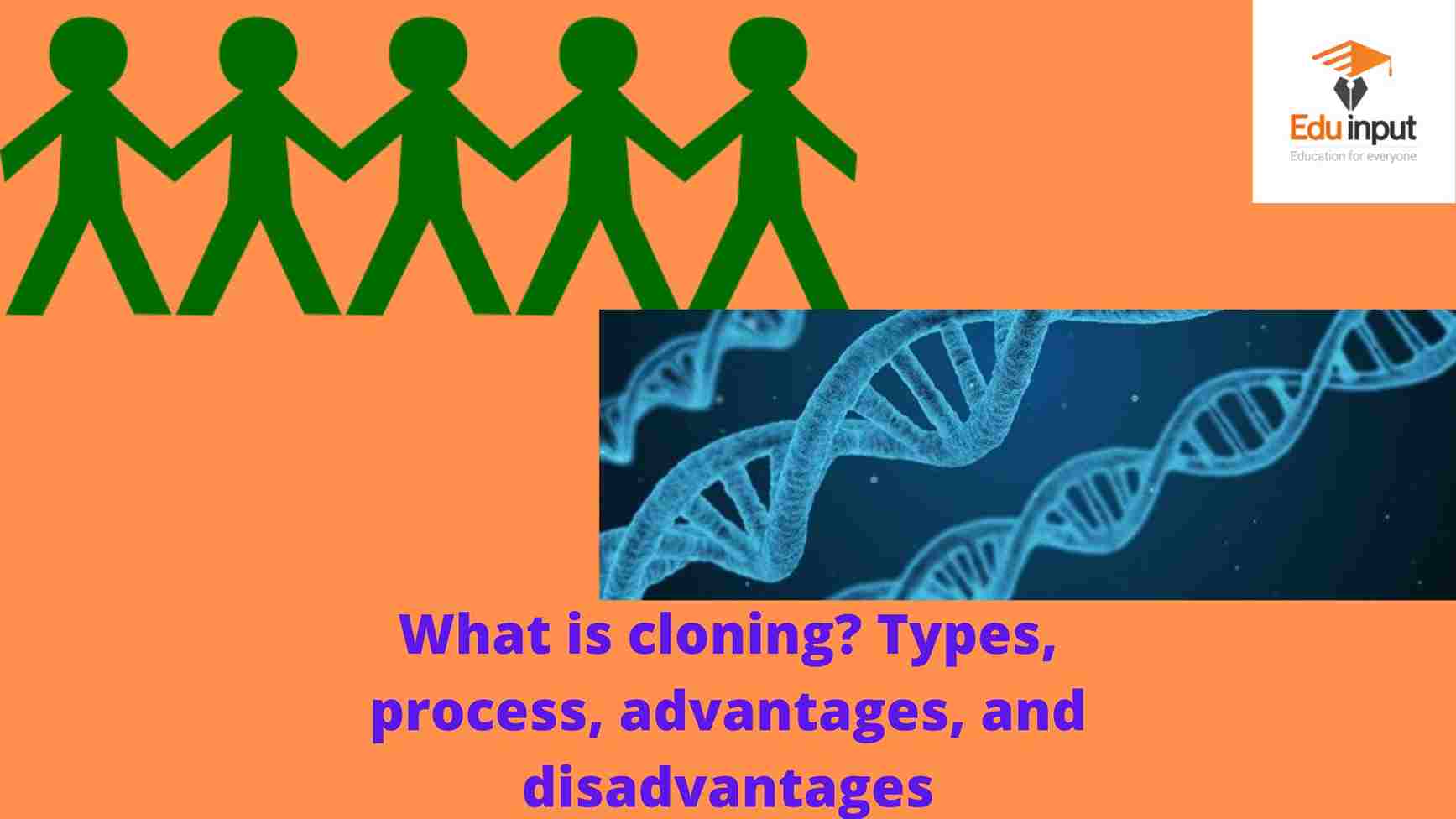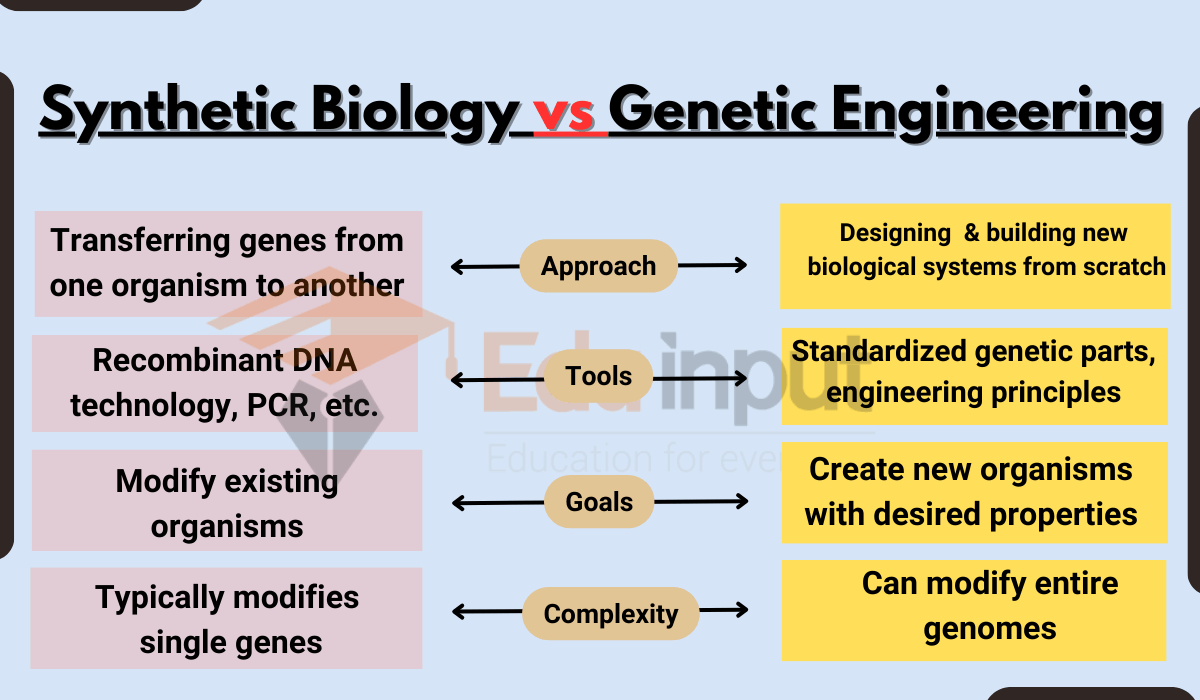DNA Sequencing-Methods and Applications
The Human Genome Project may have been something you heard about. The human genome was completed in 2003 after a long, many-year, international effort. It means that you can read the code that tells your body what to make. The process of determining the sequence of the bases in a piece of genetic material is known as DNA Sequencing.
To sequence a complete genome, it is necessary to perform many complicated steps in a certain order. It takes a long time to break the human genome into many small pieces and put them back together.
Over the past few decades, new methods have been developed that can do this much faster and less expensive than they used to.
DNA Sequencing
The method of DNA sequencing was developed in the late 1970s. It can quickly determine the nucleotide sequence of any DNA fragment. There are the following main principles of this method:
Generation Of Pieces Of DNA
DNA pieces of different sizes are generated. These pieces of DNA start from the same point. But they end at different points. Two methods are used for generating different-sized DNA fragments.
Sanger’s Method
He used dideoxyribonucleoside triphosphates to terminate DNA synthesis at different sites.
Read Sanger Method of DNA Sequencing in Detail
Maxam-Gilbert Method
He chemically cut DNA threads into pieces of different sizes.
Separation Of Pieces Of DNA
Different pieces of DNA are separated on an agarose gel. It separates different fragments.
Reading Of Sequence From The Gel
- • Volume of DNA sequence information is very large. So the computer is used for storing the DNA.
- • DNA sequencing is completely automatic. Robotic devices mix the reagents. These devices load, run and read the order of the nucleotide bases from the gel.
- • Chain terminating nucleotides help in this process. Chain-terminating nucleotides are labeled with different colored fluorescent dyes.
- • All four synthetic reactions for different nucleotides are performed in the same tube. Their product is separated into a single lane of the gel.
- • A detector is present near the bottom of the gel. The gel is passed through a laser beam. The detector reads and records the color of the fluorescent label on each band.
- • A computer reads and stores these nucleotide sequences.
Application Of Gene Sequencing
Genomes of many organisms have been sequenced by DNA sequencing. These include plant chloroplasts and animal mitochondria, large numbers of bacteria, many of the yeasts, a nematode worm, Drosophila, and model plants. Researchers have also determined the complete DNA sequence of many human pathogens.
DNA sequencing has been used in medical diagnostics, and epidemiological research, and has even played a role in the treatment of disease.
Plant and animal sequencing has the power to revolutionize food safety, and sustainable, agriculture including animal, plant, and public health, and improve agriculture through effective plant and animal breeding. It also reduces the risks of disease outbreaks.
You could say DNA sequencing can be used for protecting and improving the natural environment for both humans and wildlife. It’s not just used for scientific reasons, it also has applications in medicine and crime investigation.
Latest Research About DNA sequencing
- Scientists are exploring a new next-generation sequencing (NGS) method that utilizes graphene to identify DNA nucleobases with single-base resolution. Using a ‘semi/hybrid-nanogap’ architecture, the method shows promise for ultrafast, reliable, and controlled DNA sequencing with reduced interaction energy values, allowing for controlled translocation during measurements. The use of highly conductive nucleobase analogs can improve single nucleobase sensing, opening up promising frontiers for sequencing applications. [1]
- Scientists propose a new DNA coding scheme called DNA-LC to reduce and correct errors in DNA storage caused by homopolymer run-length and GC/AT content. It offers high error correction capability and better protection than other methods. A decoding algorithm has been implemented and the source code is available on GitHub. [2]
- Scientists have found that the amount of bone material required for extracting ancient DNA (aDNA) has been overestimated. They analyzed 121 Atlantic herring remains weighing between <10 and 70 mg and found that even minute bones can yield positive results. The study indicates that archaeological site, not bone size, is the primary driver of DNA sequence quality. This finding could help to minimize the destructive impact of aDNA research and mediate some of the ethical concerns surrounding destructive analysis. [3]






Leave a Reply